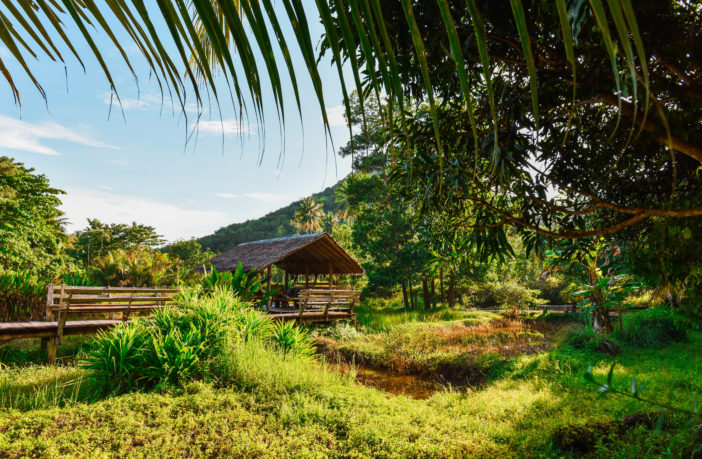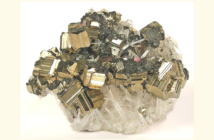Hawaii is not new to green electricity. They are one of the most eco friendly places in America. Having said that, Hawaii is trend-setting green energy in the U.S! It’s leading other American states in every green category!
Hawaii receives 33% of its electricity from rooftop solar and it has 60 utility-scale renewable energy projects that feed into its grids. Additionally, the state is now looking to reach 100% renewable energy by 2045.
The Logistics:
Going 100% renewable is a tough task and one that requires preventing overloads and brownouts. According to the National Renewable Energy Laboratory, the use of “smart inverters” – switches that automatically respond to potential overloads – can help grids handle the ups and downs associated with solar power. The development of rooftop solar is also proving to be a potential asset for maintaining grid stability, according to the study.
Hawaii’s Green Mandates:
The energy mandate by the Hawaii clean energy initiative requires that 70% of their energy is clean, and that they achieve energy efficiency throughout the state by 2030. Of that 70%, 40 will come from renewable energy and the remaining 30% will be from energy efficiency initiatives.
Tons of areas around Hawaii island use rainwater for drinking and personal use. Rainwater is gathered on the roof and streams into catchment systems, which are then filtered into the home for use. This allows homeowners to become their own consumers, and self-reliant upon their own needs and filtering requirements.
There is no Garbage Pickup:
Each person is responsible for his or her own garbage and recycling. This encourages people to be more aware of what they are throwing, as well as how to effectively recycle products. There are also areas where people can drop off used items that may be resold to the public.
Electricity on the Island is Costly:
Local utility companies offer incentive programs or rebates for those who choose to upgrade to energy efficient appliances, or reduce their electrical consumption during peak hours.
Locals Grow Their Own Food:
Most locals have citrus plants, herbs, and tropical trees on their property. This allows them to grow their own produce, and it supports a culture of sharing crops between friends and neighbours. Small farms and farmers markets thrive in Hawaii.
Other States are Following Suit:
Other states are hastening their commitments to be greener and cleaner. In January, in a report by the U.S Energy Information Administration (EIA), around half of the utility-scale power generation capacity that was installed in the country last year, involved renewable energy. They predicated that wind power will surpass hydroelectric power as the largest source of renewable energy.
This was the first time since 1984 that renewable energy supplies surpassed the amount of power produced by America’s nuclear power plants. Hawaii is trend-setting green energy and we love it!
Still, the shift toward solar and wind power comes with many unknown variables.
Potential Barriers:
Managing a massive grid that is reliant upon wind and sun is highly unpredictable. Weather varies, and data does not yet exist on wide-scale renewable energy production.
You still need coal and nuclear power plants because they help control and back up the grid during peak power demand times. However, whether they can still survive given the competition from renewable energy sources is still unknown.





